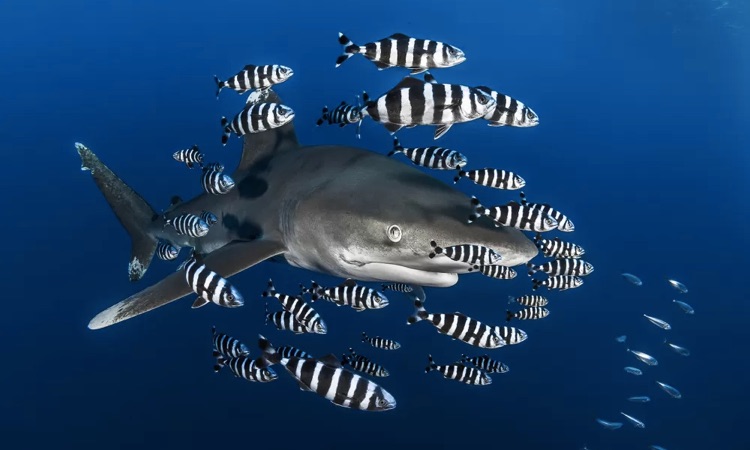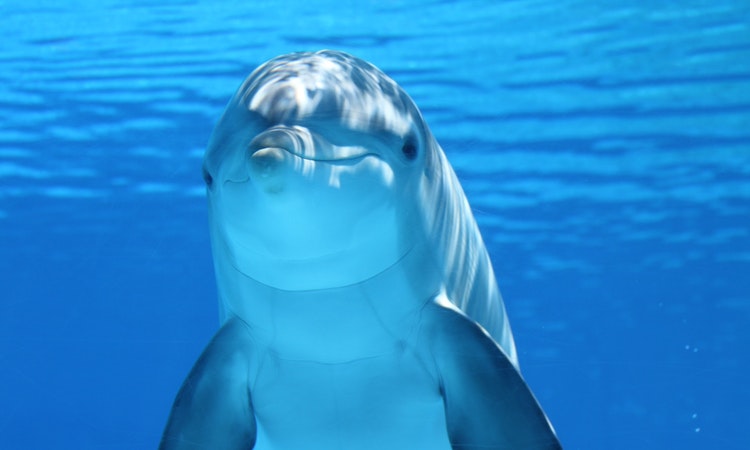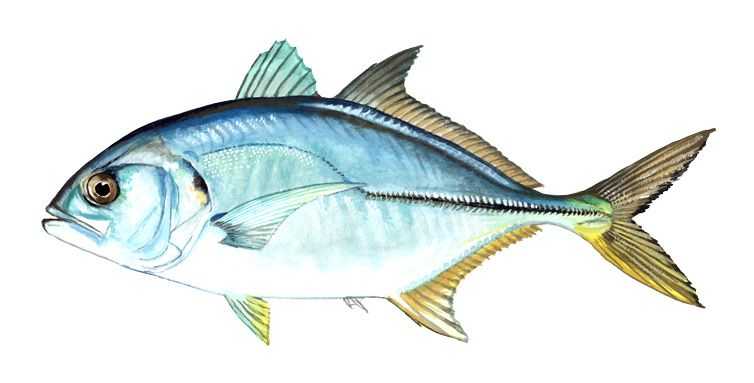The dojo loach, also known as the weather loach or pond loach, is a fascinating freshwater fish that has captured the hearts of many aquarists.
With its unique behavior and hardy nature, the dojo loach is an excellent choice for both beginner and experienced fishkeepers.
In this comprehensive care guide, we will explore everything you need to know about keeping and caring for dojo loaches in your aquarium.
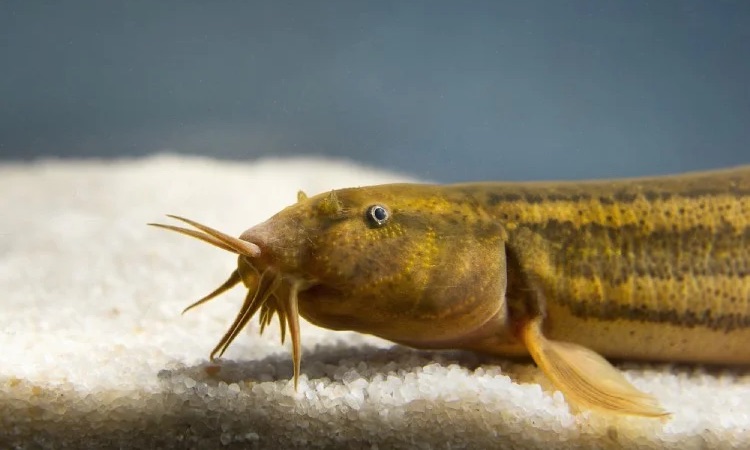
Introduction to the Dojo Loach
The dojo loach, scientifically known as Misgurnus anguillicaudatus, is native to shallow, slow-moving waters across eastern Asia.
It can be found in rivers, streams, and ponds in Siberia, Japan, Korea, China, and northern Vietnam. These hardy fish are well-adapted to a variety of aquatic environments and are capable of withstanding both cold and tropical waters.
Dojo loaches are often called “weather loaches” due to their fascinating behavior in response to changes in barometric pressure.
When a storm is approaching, they may swim erratically or even stand on end. This behavior can also be observed in home aquariums, making dojo loaches a popular choice among aquarists.
Appearance and Behavior
The dojo loach has a unique appearance that sets it apart from other freshwater fish. Resembling an eel, it has a long and slender body with small fins.
The upper portion of its body is rounded, gradually flattening towards the tail. Dojo loaches have five pairs of barbels around their mouths, which they use to feel for food and navigate their surroundings.
In terms of coloration, dojo loaches come in a variety of shades, including yellow, brown, olive green, and light gray.
They often have lighter undersides and may display spotted markings. Another popular variant is the golden dojo loach, which exhibits a vibrant orange-gold to pink-orange coloration.
Dojo loaches are peaceful and get along well with other fish. They are known for their curious and playful nature, often swimming up to their owners’ hands or eating from their palms.
These fish prefer to swim near the bottom of the tank and enjoy digging and burrowing in the substrate. Providing them with hiding spots, such as plants or caves, allows them to feel secure and exhibit their natural behavior.
Tank Requirements and Setup
Creating a suitable environment for your dojo loach is crucial for their health and well-being. Here are the key tank requirements and setup guidelines:
Tank Size
Dojo loaches require a spacious tank to accommodate their active nature. A minimum tank size of 55 gallons is recommended, with a length of at least four feet.
Choosing a longer tank instead of a taller one allows them more room to swim and explore. Larger tanks are even better, especially if you plan on keeping multiple dojo loaches or creating a community tank.
Substrate and Decorations
When it comes to the substrate, opt for soft sand or silt. Dojo loaches love to dig and burrow, and a softer substrate prevents them from damaging their thin scales. Avoid using gravel or other coarse materials that could potentially injure them.
Decorations play an essential role in creating a stimulating and natural environment for dojo loaches.
Provide plenty of hiding spots, such as caves, driftwood, and plants. Hardy rooted plants like algae, Java ferns, and cryptocoryne are great choices. Adding smooth rocks and twisted roots can also enhance the aesthetics of the tank while giving dojo loaches places to explore.
Filtration and Water Flow
A proper filtration system is essential for maintaining water quality in the dojo loach tank. Use a filter that provides moderate flow, ensuring efficient water circulation and oxygenation. Additionally, consider using an air stone to further enhance oxygen levels in the tank.
Water Parameters
Dojo loaches are adaptable to a wide range of water conditions, but maintaining optimal parameters is crucial for their health. Aim for the following water parameters:
- Temperature: 65-75°F (18-24°C)
- pH: 6.5-8.0
- Hardness: 5-12 dGH (5-10 dGH is preferred)
Regularly monitor these parameters using reliable testing kits and make adjustments as necessary. Consistency is key to providing a stable and comfortable environment for your dojo loaches.
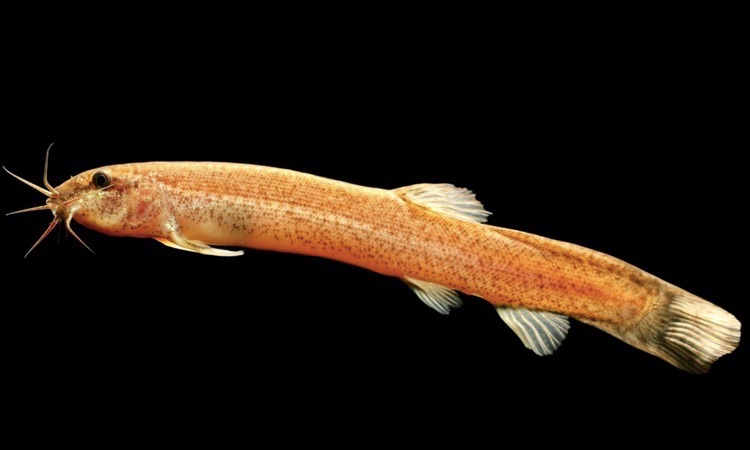
Water Parameters and Maintenance
Maintaining clean and healthy water is vital for the well-being of your dojo loaches. Here are some key points to consider regarding water parameters and maintenance:
Water Quality
Regular water changes are essential to prevent the buildup of harmful substances and maintain good water quality. Perform weekly water changes of around 30% of the tank’s capacity. Use a siphon to remove debris and waste from the substrate during water changes.
Monitor ammonia, nitrite, and nitrate levels regularly to ensure they remain within acceptable ranges. Ammonia and nitrite should be at 0 ppm, while nitrate levels should be kept below 20 ppm. Should any levels become elevated, take immediate action to correct the issue.
Temperature and Lighting
Maintaining a stable water temperature is crucial for the well-being of dojo loaches. Monitor the temperature regularly using a reliable thermometer and make adjustments as needed. Avoid sudden temperature fluctuations, as they can stress the fish and compromise their immune system.
Regarding lighting, dojo loaches prefer subdued lighting conditions. Provide a natural day-night cycle by using a timer for your aquarium lights. Avoid excessive brightness, as it can cause stress and disrupt their natural behavior.
Cleaning and Maintenance
Regular tank maintenance is essential for the overall health of your dojo loaches. Clean the aquarium glass regularly to remove algae buildup. Use an algae scraper or sponge to gently clean the glass, taking care not to disturb your fish.
Trim any overgrown plants to maintain a visually appealing tank and prevent them from overshadowing dojo loaches’ hiding spots. Prune dead or decaying plant matter promptly to prevent water quality issues.
Feeding and Diet
Dojo loaches are omnivorous and have a diverse diet in the wild. When kept in an aquarium, it’s crucial to provide them with a varied and balanced diet. Here are some key points to remember when feeding dojo loaches:
Sinking Foods
Dojo loaches are primarily bottom-dwellers and prefer to feed on sinking foods. Choose sinking pellets or tablets specifically formulated for loaches. These sinking foods ensure that dojo loaches have access to nutrition even when other fish in the tank consume floating foods.
Live and Frozen Foods
Supplement their diet with live or frozen foods to provide additional nutrients and enrichment. Offer small live worms, such as bloodworms and brine shrimp, as occasional treats. Frozen varieties of these foods are also readily available and provide a convenient alternative.
Vegetable Matter
Dojo loaches also enjoy vegetable matter in their diet. Offer blanched vegetables like zucchini, spinach, or peas. These vegetables provide essential fiber and nutrients for their digestive health.
Feeding Frequency
Feed your dojo loaches two to three times a day, offering only what they can consume within a few minutes. This prevents overfeeding and helps maintain good water quality in the tank.
Compatibility with Tank Mates
Dojo loaches are generally peaceful and can coexist with a variety of tank mates. When selecting tank mates, consider their compatibility with the loaches and their specific requirements. Here are some suitable tank mates for dojo loaches:
- Other Dojo Loaches: Keeping multiple dojo loaches together is ideal, as they exhibit social behavior and enjoy the company of their own kind.
- Kuhli Loaches: Kuhli loaches share similar characteristics with dojo loaches and can coexist peacefully.
- Bitterlings: These small, peaceful fish make excellent companions for dojo loaches.
- Subtropical Danionins: Danios like the zebra danio can thrive alongside dojo loaches.
- Rosy Barbs: These active and colorful fish can coexist peacefully with dojo loaches.
Avoid keeping aggressive or territorial fish with dojo loaches, as they may cause stress or harm to the loaches. Additionally, be cautious when introducing shrimp or snails as tank mates, as dojo loaches may view them as potential food.
Common Diseases and Health Issues
Dojo loaches can be prone to certain diseases and health issues. Being aware of these common problems allows for early detection and prompt treatment. Here are some diseases and health issues to watch out for:
Ich (White Spot Disease)
Ich is a common parasitic disease that affects many freshwater fish, including dojo loaches. It manifests as small white spots on the fish’s body and fins. If you notice any signs of ich, promptly quarantine the affected fish and treat them with a suitable medication.
Skinny Disease
Skinny disease is a parasitic infection that causes affected fish to become progressively thinner despite having a healthy appetite. Quarantine and treat affected dojo loaches in a separate tank to prevent the spread of the disease.
Preventing these diseases primarily involves maintaining excellent water quality and providing a balanced diet. Regular water changes, proper filtration, and observation are key to ensuring the health and well-being of your dojo loaches.
Breeding Dojo Loaches
Breeding dojo loaches in an aquarium setting can be challenging, and successful breeding reports are relatively rare. To increase the chances of breeding, consider the following tips:
- Sexing: Differentiate between male and female dojo loaches to ensure you have a compatible pair for breeding.
- Temperature Manipulation: Some breeders suggest introducing cooler water during water changes and gradually rewarming the tank to stimulate egg spawning.
- Spawning Behavior: Observe your dojo loaches closely for signs of breeding behavior, such as chasing, courtship rituals, and egg-laying.
Although breeding dojo loaches may require specific conditions and careful observation, it can be a rewarding experience for dedicated aquarists.

